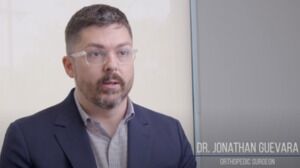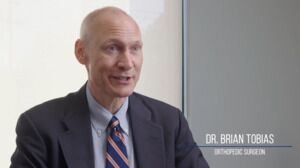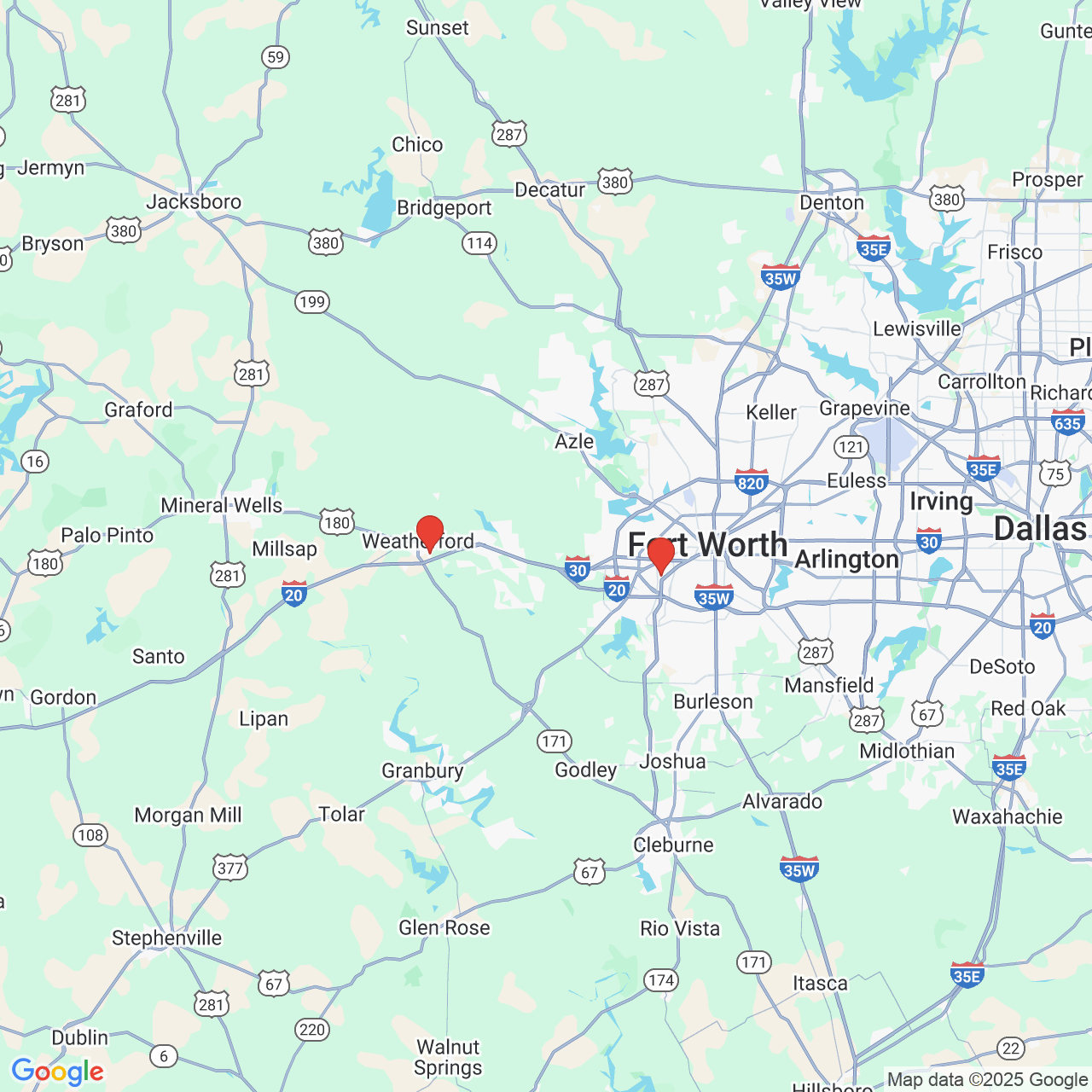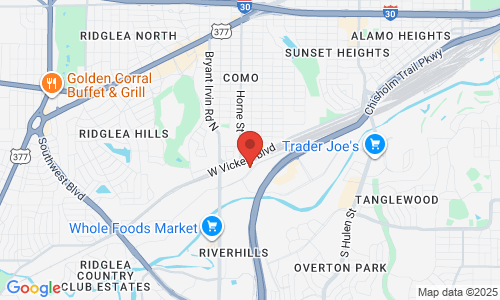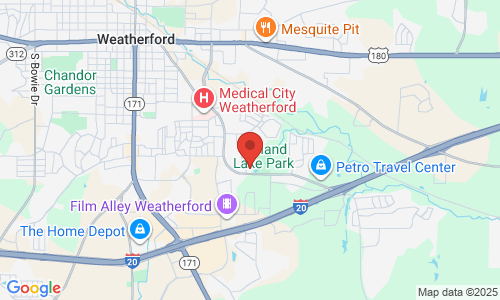Description
Trigger finger occurs when two tendons in a finger are obstructed due to the surrounding membrane becoming inflamed. Dr. Brian Tobias says nonsurgical trigger finger treatments like anti-inflammatory meds are explored first. He can provide surgery if oral medication is ineffective.
View transcript
[00:00:07.640]
When patients come to see me about trigger finger,
[00:00:09.920]
the first thing I try to explain to them is what the basic anatomy is
[00:00:12.720]
and help them gather an understanding for why this has happened.
[00:00:16.840]
When I talk to patients,
[00:00:17.760]
basically what I describe to them is there are two tendons in your finger
[00:00:21.240]
and those two tendons run through a tunnel which extends
[00:00:24.120]
from the distal palm to this last crease in your finger.
[00:00:27.400]
The whole mechanism, obviously, is lined with a membrane,
[00:00:30.920]
what we call the tenosynovium,
[00:00:32.560]
which lubricates and nourishes the tendon as it runs through the tunnel.
[00:00:36.400]
Now, when you have a problem,
[00:00:38.240]
what happens is that first, the lining starts to get inflamed,
[00:00:41.440]
and when it gets inflamed,
[00:00:42.720]
it starts to rub as you move the finger on this first ring or pulley,
[00:00:46.880]
and as time goes on, that rubbing leads not only to pain,
[00:00:50.760]
but then you feel some clicking where that lining has gotten thickened.
[00:00:54.280]
But when it starts to trigger, and that's where the name comes from,
[00:00:57.880]
is that the triggering of the finger, they feel like getting caught.
[00:01:01.800]
That's when you start actually to get a nodular thickening in the tendon.
[00:01:06.000]
Not only is the lining thick, but the tendon gets thick.
[00:01:09.280]
As the tendon nodule increases in size,
[00:01:12.520]
even though your powerful flexors can pull it through the tunnel,
[00:01:15.920]
the extensors are at a mechanical disadvantage,
[00:01:18.920]
so it takes a little more effort to get it to go,
[00:01:21.680]
so people start to notice their finger gets stuck.
[00:01:24.160]
So in the case of trigger finger,
[00:01:25.600]
we might start with splinting and anti-inflammatories by mouth,
[00:01:29.120]
so medication orally, and that's in the milder stages.
[00:01:33.280]
In the next more severe stages,
[00:01:35.280]
we'll talk about splinting and an injection of steroid,
[00:01:38.080]
which is a steroid anti-inflammatory to try to reduce the inflammation.
[00:01:41.560]
In the case of the trigger finger like we talked about,
[00:01:43.480]
what you're trying to do is shrink the swelling around the nodule
[00:01:45.720]
and you're hopeful
[00:01:46.280]
that the nodule hasn't gotten so big that mechanically,
[00:01:48.840]
it's going to be a problem, despite the swelling being produced.
[00:01:52.520]
If they're in the later stages, and really,
[00:01:55.360]
you know that the nodules is too big,
[00:01:57.200]
then mechanically, surgery is going to be more appropriate.
[00:01:59.920]
And then we talk about two options.
[00:02:01.600]
We have different venues where we can do that type of surgery,
[00:02:04.840]
and that's where our in-office procedures come in.
[00:02:07.120]
And so we talk to them
[00:02:08.200]
about the fact that it's done under a straight local anesthetic.
[00:02:11.400]
We do that here in the office.
[00:02:13.040]
We prep and drape the patient out
[00:02:14.480]
just like we normally do in any other facility,
[00:02:16.800]
but they're awake just like they are at the dentist.
[00:02:19.800]
The nice humorous part of it is,
[00:02:22.240]
we tell them that we can talk to them and they can talk to us,
[00:02:24.760]
and we don't have our hands in their mouths,
[00:02:26.240]
so it's a lot easier than in the dentist.
[00:02:28.200]
And then, of course, afterwards,
[00:02:29.520]
they drive themselves home.
[00:02:30.640]
They're in a light supportive dressing,
[00:02:32.400]
and we give them their post-op instructions and care.













